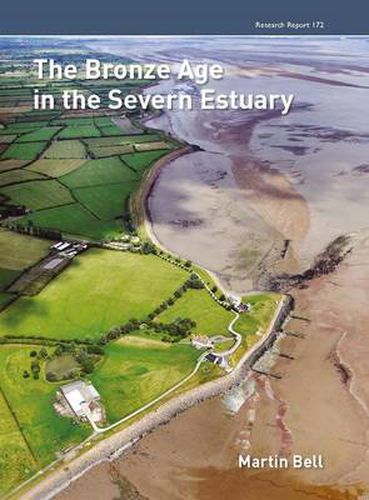Readings Newsletter
Become a Readings Member to make your shopping experience even easier.
Sign in or sign up for free!
You’re not far away from qualifying for FREE standard shipping within Australia
You’ve qualified for FREE standard shipping within Australia
The cart is loading…






Archaeological fieldwork in the inter-tidal zone of the Severn Estuary over the past twenty years has revealed a rich landscape of prehistoric settlement. This latest volume by Professor Martin Bell presents the evidence for the Bronze Age, focusing on sites at Redwick and Peterstone in the Gwent Levels. At Redwick, a settlement of four rectangular buildings, defined by well-preserved timber posts dating to the middle Bronze Age (1600-940 cal BC), is surrounded by footprint-tracks of animals and humans. Peterstone and other locations in the estuary have revealed a variety of wood artefacts and structures, and features such as fish traps, trackways and sites of seasonal encampments. The relationship between the wetland and dry ground settlements around the estuary is explored in detail, through artefacts, pollen and stable isotope analysis. The author concludes that there is clear evidence for transhumance throughout the Bronze Age. In the final chapters the author compares the Severn Estuary with other coastal sites of the Bronze Age in Britain and continental Europe.
$9.00 standard shipping within Australia
FREE standard shipping within Australia for orders over $100.00
Express & International shipping calculated at checkout
Archaeological fieldwork in the inter-tidal zone of the Severn Estuary over the past twenty years has revealed a rich landscape of prehistoric settlement. This latest volume by Professor Martin Bell presents the evidence for the Bronze Age, focusing on sites at Redwick and Peterstone in the Gwent Levels. At Redwick, a settlement of four rectangular buildings, defined by well-preserved timber posts dating to the middle Bronze Age (1600-940 cal BC), is surrounded by footprint-tracks of animals and humans. Peterstone and other locations in the estuary have revealed a variety of wood artefacts and structures, and features such as fish traps, trackways and sites of seasonal encampments. The relationship between the wetland and dry ground settlements around the estuary is explored in detail, through artefacts, pollen and stable isotope analysis. The author concludes that there is clear evidence for transhumance throughout the Bronze Age. In the final chapters the author compares the Severn Estuary with other coastal sites of the Bronze Age in Britain and continental Europe.